Maker Education for All Ages
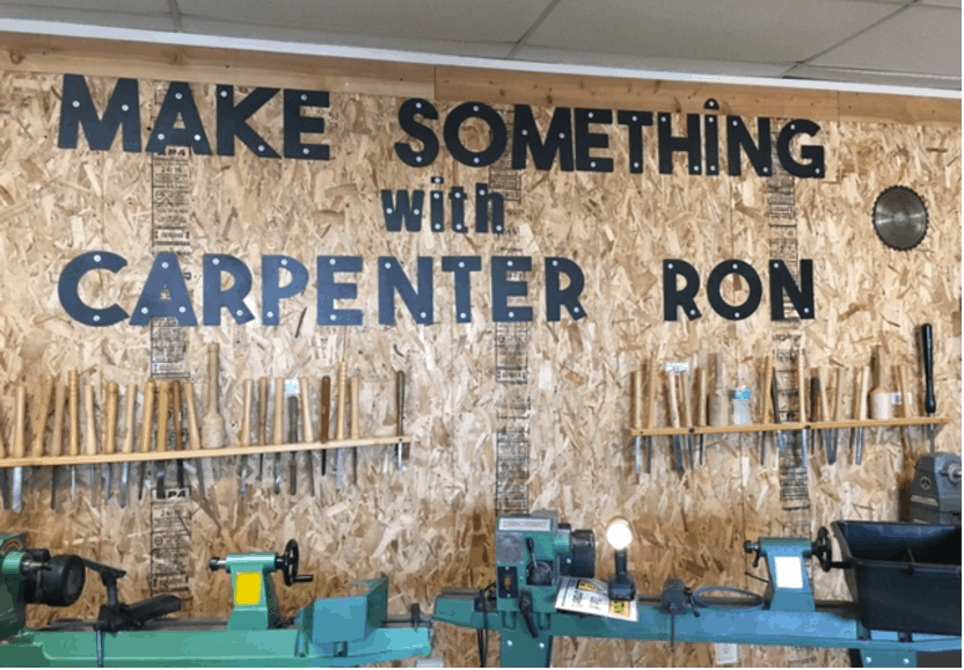
As described in, “Why the Maker Movement Is Important to America’s Future,” the act and process of making stirs the imagination of the creators and brings to life products and concepts that once only lived as ideas.
At a recent White House event, leaders in the maker movement gathered to talk about the Nation of Makers Program, which is intended to support opportunities for students to learn about STEM through making, expand the resources available for maker entrepreneurs and foster the development of advanced manufacturing in the U.S.
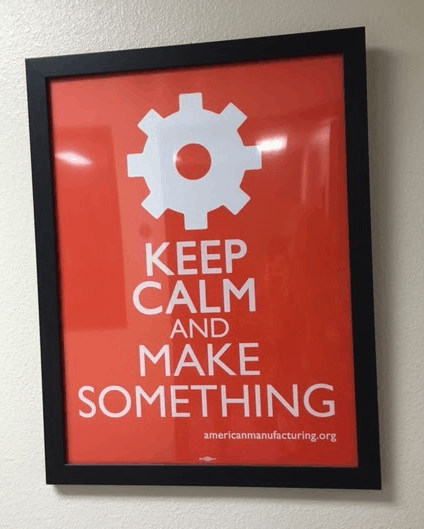 In a two-part series on Why the Maker Movement Matters, business owners also provided their support for maker ed as they see it as a way to reduce the mind-to-market gap (how long it takes an idea to become something on a shelf) and a great investment for future talent and employees.
In a two-part series on Why the Maker Movement Matters, business owners also provided their support for maker ed as they see it as a way to reduce the mind-to-market gap (how long it takes an idea to become something on a shelf) and a great investment for future talent and employees.
Schools and districts across the country, such as Albemarle County Public Schools, are already providing students the chance to be makers. For example, students in schools throughout the district are daily making, tinkering and designing in makerspaces, but also in their mainstream classrooms.
Teachers and adults need to benefit from making, too. Having the mindset of a maker is important when leading young students as well as a chance to explore and make.
Places like Vocademy, located in Riverside, California, are providing learners of all ages the opportunity to do so; regardless of whether or not it is an initiative at their school or place of work.
Business men and women, teachers and students can make, build and design right alongside each other. At Vocademy, the tools and space to make – ranging from metal-working to sewing – are all in one building.
And if there isn’t a tool available to make an idea come to fruition? They make it–the image below is the large 3-D printer learners at Vocademy made.
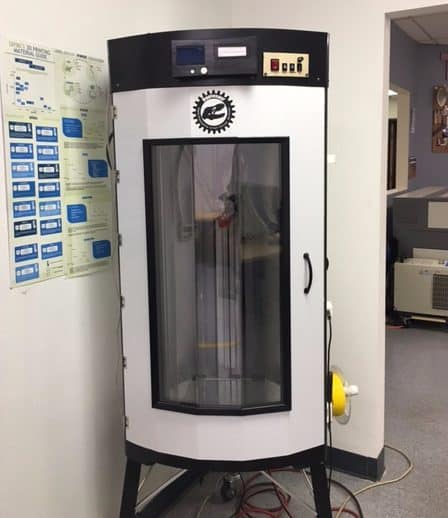
Founder of Vocademy, Gene Sherman, makes the analogy that a makerspace is similar to a gym, where you can take classes, practice and learn new skills – it just has power tools and laser cutters instead of barbells.
His goal is to make Vocademy a makerspace where vocational learning and experiences occur, helping all types of learners gain lifelong skills. Watch this video to learn more:
Are you a teacher who wants to get started with maker ed?
- Organizations offer professional learning opportunities for teachers interested in making, such as MakerEd.org
- Search online examples of products and projects, such as the Makerspace community (a beta site of Makezine), for inspiration and ways to connect with other makers
- Use online resources for supporting maker education in your school or community
- Read these questions to ask yourself when designing your makerspace
- Get out there and start making something!
For more, see:
- MakerEd Micro-Credentialing: Teachers Want to Play, Too!
- What Happens When You Combine a Writer’s Workshop and Makerspace?
- How to Utilize a Makerspace for World Language Learning
Follow Emily @EmilyLiebtag and the Maker Ed movement at #makered
Stay in-the-know with all things EdTech and innovations in learning by signing up to receive the weekly Smart Update.
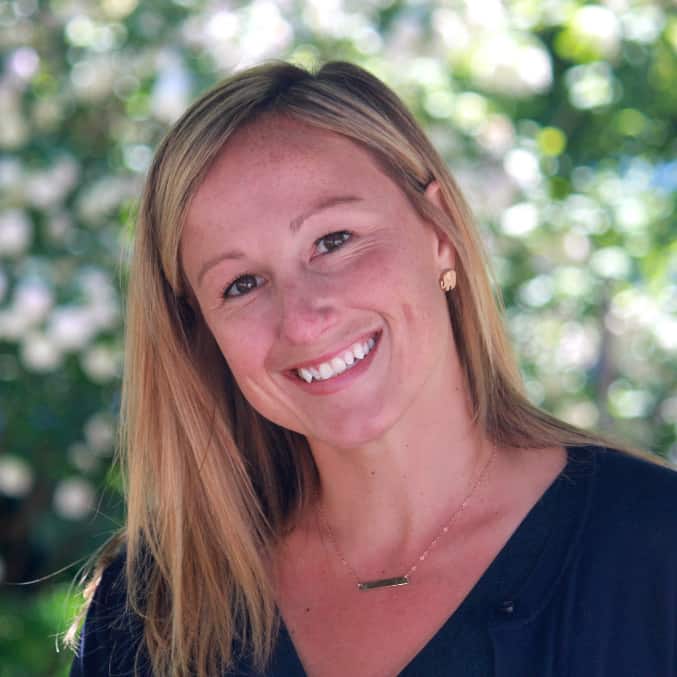



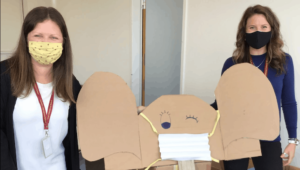
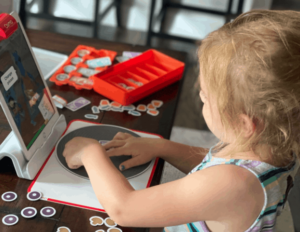
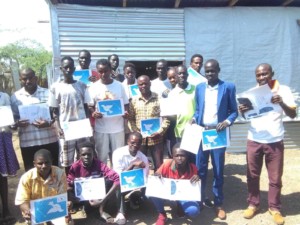

0 Comments
Leave a Comment
Your email address will not be published. All fields are required.